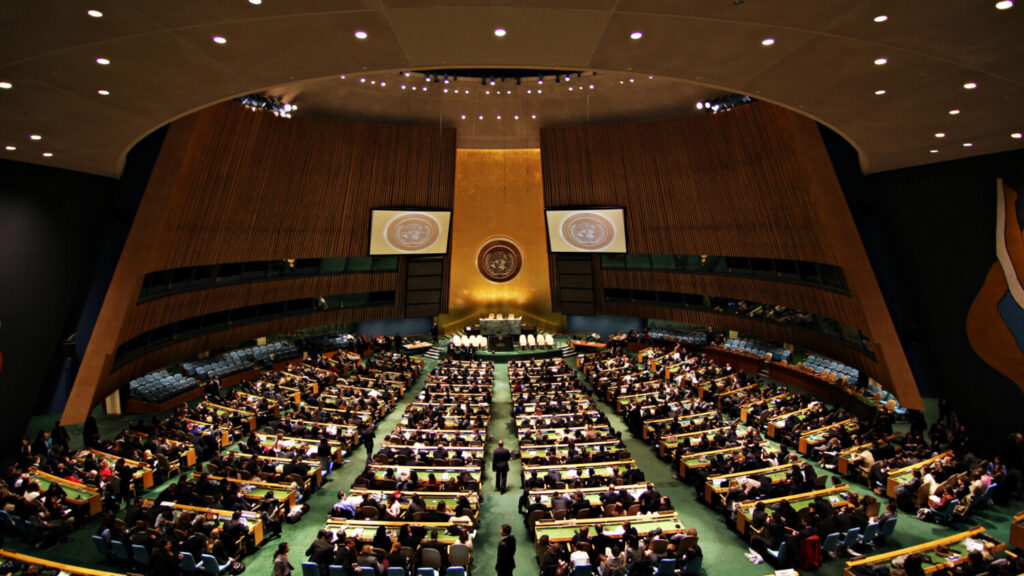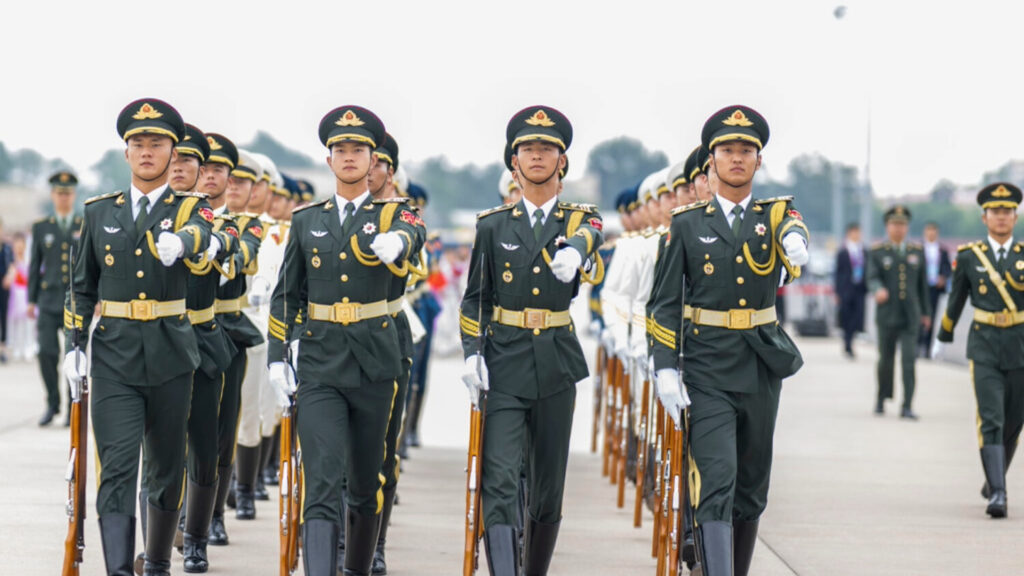Visible Serenity, Invisible Threats: A Security Paradox in the Eastern Mediterranean and the Aegean
INTRODUCTION
The trend of rapprochement between Greece and Turkey after the catastrophic 2023 earthquakes, popularly referred as the “earthquake diplomacy” provided a historically hostile association an injection of optimism (ELIAMEP, 2025). Nevertheless, the core legislative and strategic concerns between these two NATO members are still not addressed by this optimistic environment. The geopolitical equilibrium is transformed by two primary factors during the mid-2025. First of all, Greece’s acquisition of the F-35 (fifth-generation fighter jet ) is an attempt to radically shift the militarily balance in the region. The other factor is the ongoing geopolitical rivalry for substantial hydrocarbon reserves in Eastern Mediterranean which is based on distinct understandings of international maritime law and perspectives on national security (Carnegie Europe, 2024). This essay claims that the new equilibrium has been manufactured by these convergent aspects which forces Turkey to embrace a comprehensive strategy that includes cautious interaction, determined energy diplomacy and militarily growth and development.
THE MILITARY BALANCE AND TECHNOLOGICAL COMPETITION
The incorporation of the Hellenic Air Force to the F-35 program signifies a change in thinking beyond the conventional balance of power considerations. With its upgraded sensor fusion and stealth capacity, the F-35 project is more than a simply sophisticated jet; it is a “force multiplier” in network-centered warfare that constitutes an imminent danger to present air defense mechanisms (JINSA, 2025). By making this investment, Athens expects to develop significant advanced technology that will allow Greece to secure its claims regarding the Exclusive Economic Zone (EEZ) with effective military deterrent (BulgarianMilitary.com, May 6 2025).
On the other hand, Turkey has taken a multifaceted approach for tackling this technological obstacle. The goal of modernizing its current fleet of F-16s is to remain competent in the short and medium term. The National Combat Aircraft (MMU) KAAN programme is a long-range comprehensive solution. With a predicted 2028 launching date, the fifth-generation KAAN represents Turkey’s commitment to tactical autonomy (BulgarianMilitary.com, May 5, 2025). Alongside this, indigenous Unmanned Combat Aerial Vehicles (UCAVs) such as the Bayraktar KIZILELMA, serve as an asymmetric, cost-effective incentive. The new military paradigm in the Aegean Sea is characterized by this transition from quantitative balance to a qualitative and technologically enhanced competition.
ENERGY POLITICS AND JURISDICTIONAL DISPUTES
The geopolitical struggle over maritime jurisdictions and sovereign claims to the natural energy resources is the primary motivation behind this high-stakes military modifications. Legal
disputes originate from various readings of the UN Convention on the Law of the Sea (UNCLOS) specifically in regards to islands’ capacity to constitute maritime zones. Turkey claims that such an extreme interpretation undermines the concept of equity by excessively restricting its own territorial waters whereas Greece maintains that its islands have the right to a complete exclusive economic zone (Duman, 2025).
The outcome of this litigation is the direct strategic maneuvering. The 2019 Memorandum of Understanding between Turkey and Libya on the Delimitation of Maritime Jurisdiction Areas was a robust response to attempts for keeping Turkey off the regional energy picture. At the same time, Turkey has effectively reaffirmed its sovereign rights by deploying seismic investigations and drilling vessels. Ankara’s status as a vital energy passage state has been enhanced by the collapse of the planned EastMed pipeline construction due to its financial and geopolitical unviability which has further raised concerns about the longevity of energy arrangements that exclude Turkey (Carnegie Europe, 2024).
THE ROLE OF DIPLOMACY:OPPORTUNITIES AND LIMITATIONS
Even with the significant geopolitical and military implications, the diplomatic option is still available. By means of high-level discussions and Confidence-Building Measures (CBMs), the post-earthquake “optimistic agenda” has been sustained. The dialogue fulfills the essential functions of crisis management and avoiding unintentional tension. However, it has not yet resulted in a resolution on the concerns of basic sovereignty such as the definitive delimitation of the EEZ and the demilitarization of the Aegean Islands which remain to be crucial obstacles for both parties (Acer, 2024).
Despite the fact that the diplomatic engagement between Greece and Turkey is effective for handling the disputes, the core maritime jurisdiction disagreements are intentionally kept apart from this optimistic agenda. This arrangement produces a special and sensitive equilibrium where a cooperative environment coexists with unsettled structural issues.
CONCLUSION
A complicated and managed competition characterizes the strategic circumstances in the Eastern Mediterranean and Aegean as of 2025. The dynamic of technical rivalry and asymmetric deterrence has replaced the age of basic military calculation. The main cause of stress is still the rivalry over energy resources which is based on a long-standing legal disputes. The diplomatic option is limited by fundamental sovereignty disagreements even though it provides a vital protection mechanism and an opportunity of gradual development. Therefore, the “new equation” is a fresh, technologically sophisticated and unstable balance rather than an indicator to an imminent conflict or reconciliation. The dedication to de-escalation and frequent application of logical statecraft will be more crucial variables in determining its long-term stability rather than the effectiveness of any weaponry system.
BIBLIOGRAPHY
Acer, Y. (2024). Türkiye’nin Ege ve Doğu Akdeniz’deki Yaklaşımları ve 2024 Öngörüleri. Kriter Dergi. Retrieved June 21, 2025, from https://kriterdergi.com/dosya-2024- ongoruleri/turkiyenin-ege-ve-dogu-akdenizdeki-yaklasimlari-ve-2024-ongoruleri
BulgarianMilitary.com. (2025, May 5). KAAN aircraft, Turkey’s F-16 slayer, hits air force in 2028. Retrieved June 21, 2025, from https://bulgarianmilitary.com/2025/05/05/kaan-aircraft turkeys-f-16-slayer-hits-air-force-in-2028/
BulgarianMilitary.com. (2025, May 6). Lockheed Martin fuels Greece’s F-35 future with $17M award. Retrieved June 21, 2025, from
https://bulgarianmilitary.com/2025/05/06/lockheed-martin-fuels-greeces-f-35-future-with 17m-award/
Carnegie Europe. (2024, February). Understanding the Energy Drivers of Turkey’s Foreign Policy. Retrieved June 21, 2025, from
https://carnegieendowment.org/research/2024/02/understanding-the-energy-drivers-of turkeys-foreign-policy?lang=en
Duman, Ö. (2025). DOĞU AKDENİZ ENERJİ JEOPOLİTİĞİ VE BÖLGESEL GÜÇ MÜCADELESİ BAĞLAMINDA SAHİLDAR DEVLETLERİN ULUSAL GÜVENLİK ALGILARI. Akademik Hassasiyetler, 12(27), 632-666. Retrieved June 21, 2025, from https://dergipark.org.tr/tr/pub/akademik-hassasiyetler/issue/91629/1554152
ELIAMEP. (2025). ELIAMEP Outlook, Predictions for 2025. Retrieved June 21, 2025, from https://www.eliamep.gr/en/oi-provlepseis-tou-eliamep-gia-to-2025/
JINSA. (2025, April). Flight Risk: Turkey and the F-35. Retrieved June 21, 2025, from https://jinsa.org/wp-content/uploads/2025/04/Flight-Risk-Turkey-and-the-F-35-1.pdf



